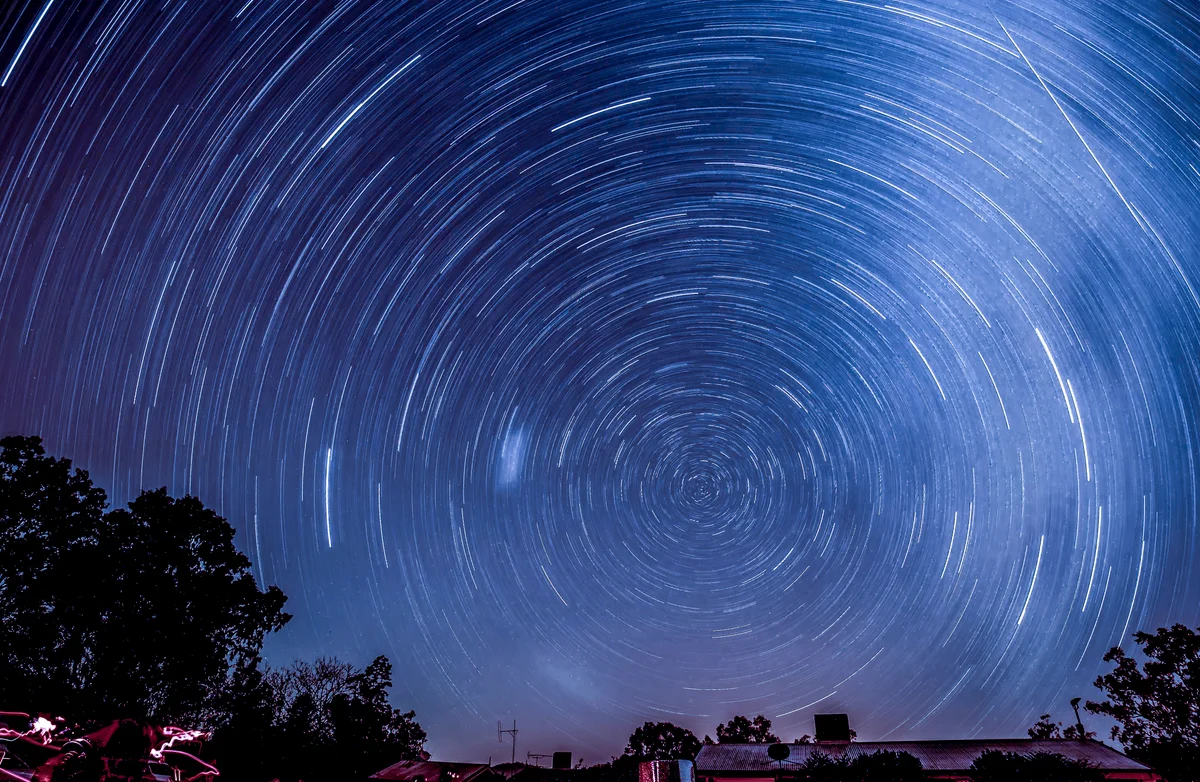Time to catch 2023’s best meteor shower
The Geminids meteor shower is set to dazzle our region once again, with stargazers crossing fingers for good weather to see the display of up to 120 meteors per hour.

This year’s most prolific meteor shower is coming, a remarkable reminder of the wonder to be found in our night skies.
The Geminids meteor shower is set to dazzle our region once again, with up to 120 meteors per hour peaking at 10.40pm on Thursday, December 14, just after the new moon.
On that night, the area of sky where the meteor shower is visible will rise above the horizon just after 9pm in the north-east, travelling across the sky before setting in the north-west the next morning.
The meteor shower will remain fairly low in the sky (up to about 30 degrees above the horizon), so make sure your view isn’t obscured by tall trees or structures.
While keen stargazers will be crossing fingers for a cloudless night on December 14, the Geminids meteor shower will be active, although less visible, for a few days either side.
To see the display, head to a public lookout or park away from urban areas with a view to the northern sky.
Preliminary dark sky measurements show excellent quality night sky in areas around the Mary River Catchment, where Council is considering to establish a Dark Sky Reserve for our region.
What’s a Dark Sky Reserve?
Establishing a Dark Sky Reserve can help preserve our night skies and brilliant stars for the future.
A dark night sky with plenty of visible stars has benefits for community wellbeing, retaining character of hinterland areas, promoting astro-tourism for hinterland businesses and is also important to our native wildlife that need to move, feed or reproduce safely at night.
After conversations with community members and initial investigations, Sunshine Coast Council is proposing a Dark Sky Reserve encompassing 873 square kilometres in the Mary River Catchment and connected national parks, covering 38 per cent of the Sunshine Coast region.
Find out more about the proposed Dark Sky Reserve on Council’s website, and stay tuned to have your say on the proposal in 2024.
Did you know
While most meteor showers are associated with comets, the Geminids are the debris trail of the asteroid 3200 Phaethon.
The name “Geminids” refers to the meteor shower’s location in the night sky, where it appears to burst from the constellation Gemini.
Related links
This article Time to catch 2023’s best meteor shower has been supplied from the OurSC website and has been published here with permission.